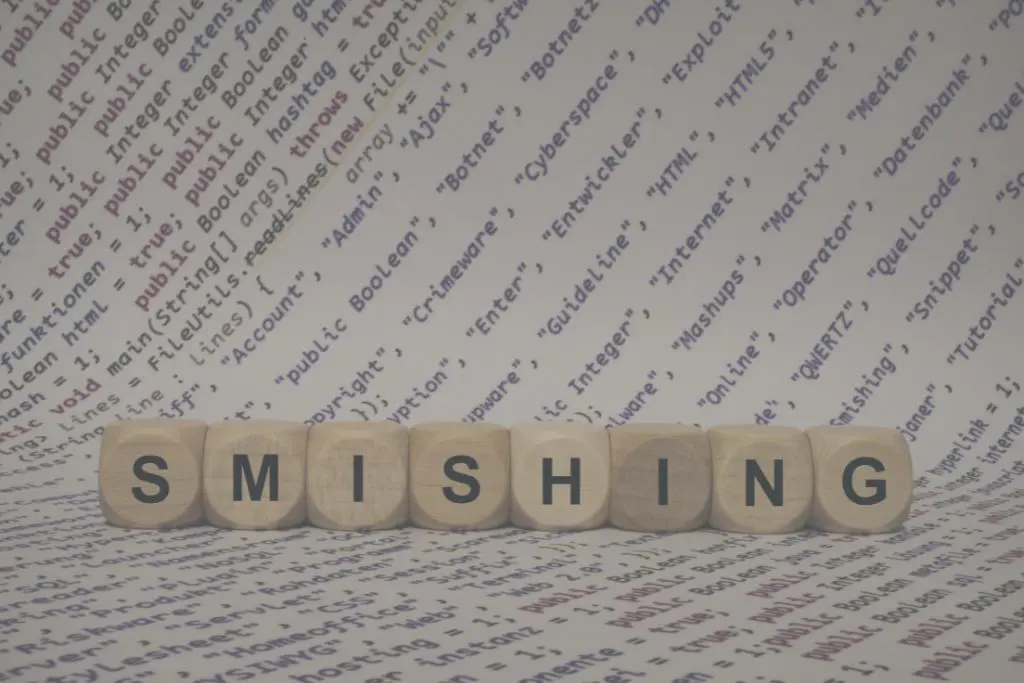In education, educational content faces the profound challenges posed by an ever-evolving information society.
Current educational strategies aim to place the student at the heart of the learning process, requiring content to support this dynamic while tackling the digitalization challenge head-on.
Relevance, pertinence, adaptability, and ubiquity are among the critical challenges that curriculum developers must address.
In this article, we delve into the definition of educational content and the key aspects to help you grasp its contemporary significance.
What is Educational Content?
Educational content encompasses knowledge, procedures, skills, attitudes, abilities, and values necessary to achieve the curricular goals outlined in educational programs and plans.
They constitute one of the fundamental components of learning, alongside objectives, methodology, and assessment.

In the current landscape, content serves as the backbone of the teacher-student interaction, facing the significant task of fostering meaningful learning in the dynamic and ever-changing realm of new technologies.
Consequently, contents have evolved from mere syllabi to a broader, humanistic, and holistic perspective, placing the student at the center of a continuous learning process.
Within this transformation, Information and Communication Technologies (ICTs) play a decisive role in shaping educational materials.
Benefits of Educational Content
Educational content plays a crucial role in modern education by offering numerous benefits that promote effective learning, accessibility, and adaptability:
- Enhanced Learning: Educational content provides structured information and resources, making it easier for learners to acquire and understand new knowledge and skills.
- Accessibility: Digital educational content can be easily accessed online, allowing learners to engage with it conveniently promoting inclusivity and flexibility.
- Self-Paced Learning: Educational content allows individuals to learn at their own pace, catering to various learning styles and preferences.
- Cost-Effective: Online educational content often costs less than traditional textbooks and materials, reducing financial barriers to learning.
- Interactive and Engaging: Many educational resources incorporate multimedia elements, quizzes, and interactive features, making learning more engaging and enjoyable.
- Up-to-date Information: Digital content can be updated quickly to reflect current knowledge and trends, ensuring learners receive the most relevant information.
- Customization: Educational content can be tailored to individual learning objectives, allowing learners to focus on specific topics or skills.
- Tracking Progress: Digital platforms often offer tools for tracking and measuring progress, helping learners and educators assess performance.
- Environmentally Friendly: Digital educational content reduces the need for printed materials, contributing to environmental sustainability.
- Continuous Improvement: Educators and institutions can gather data on how learners interact with content, allowing ongoing improvements to enhance the learning experience.
- Remote Learning: Educational content supports remote and distance learning, making education more accessible during times of crisis or for individuals unable to attend traditional classes.
- Resource Sharing: Digital educational content can be easily shared among learners, educators, and institutions, fostering collaboration and knowledge exchange.
- Lifelong Learning: Educational content encourages lifelong learning by providing a wealth of resources individuals can access throughout their lives.

Why is teaching Content important in Education?
Without appropriate content, achieving the current educational objectives is impossible. To elucidate the significance of educational content, we will explore the following points that delineate the attributes necessary to meet the challenges posed by the digitalization of education.
Subscribe today to SMOWL’s weekly newsletter!
Discover the latest trends in eLearning, technology, and innovation, alongside experts in assessment and talent management. Stay informed about industry updates and get the information you need.
Simply fill out the form and stay up-to-date with everything relevant in our field.
Highly qualified professionals
Educators must possess the scientific, technical, and cultural knowledge to teach their subjects effectively.
Furthermore, they should possess the necessary psychoeducational knowledge to deliver dynamic content adaptable to the diverse circumstances of students while adhering to official regulatory guidelines.
Regarding instructional design for digital content, integrating other professionals in the process, such as programmers, video and photography editing specialists, animators, or web designers, is indispensable.
Relevance and Pertinence
Educational content must be relevant and meaningful, necessitating the incorporation of two cross-cutting conditions:
- Development of flexible learning strategies tailored to evolving needs.
- Mastery of essential competencies for successful learning.
In this regard, functionality and effectiveness combine to meet the needs of the society in which they operate.
Contents that promote discovery-based learning, such as constructivist methodologies like heuristic learning, empower students as the originators and drivers of their learning process through activities like workshops, debates, or field projects.
Transversality
Educational content should interconnect all the knowledge individuals acquire, both in terms of knowledge acquisition and their interaction with others.
Developing educational content that adapts to cooperative learning is pivotal in fostering an active and interactive role for students.
Simultaneously, educators assume a multifaceted and proactive role in teaching.

Adaptability
Placing the student at the center of the learning process entails adaptive learning focused on meeting individual student needs.
This progressive learning approach demands content that evolves at each student’s pace.
In this context, Learning Management Systems (LMS) prove highly useful, enabling personalized analysis of each student’s progress, detecting potential obstacles, and enhancing the educational context.
Autonomy
Students face independent learning challenges in many contexts, requiring content to provide the necessary resources for quality autonomous knowledge acquisition.
Motivation
One of the significant challenges in developing educational content is to capture and hold the student’s attention, fostering creativity and preventing sterile monotony.
Incorporating content that encourages informal learning based on extracurricular and multidisciplinary experiences proves an effective tool for motivating students.
Edutainment or educational entertainment is a valuable ally in nurturing curiosity and motivation.
Knowledge acquired through role-playing games, gamification, or serious games in technological contexts are tools that promote this natural form of education in both children and adults.
Continuous Updating
One of the major advantages of digital content is its ease of constant updates, ensuring alignment with the evolving needs of individual students and society in real time.
Ubiquity
Integrating Information and Communication Technologies in education has brought forth a new requirement for educational content: Ubiquitous Learning.
In this scenario, learning can occur in multiple contexts, necessitating the creation and promotion of virtual environments that facilitate access to content from anywhere and any type of device.
Additionally, fostering opinion and idea exchange through content is crucial.

Interaction
Interaction is another distinguishing feature of digital content that enhances student motivation for learning.
Through bilateral communication, students can understand the purpose of their own learning and actively participate in content evolution.
To enhance the accessibility and security of your digital environments, Smowltech has developed proctoring plans tailored to the demands of contemporary remote education. Request a free demo, and we will showcase our innovative solutions to enhance your content.
Download now!
8 interesting
facts
about proctoring
Discover everything you need about online proctoring in this book to know how to choose the best software.
Fill out the form and download the guide now.
And subscribe to the weekly SMOWL newsletter to get exclusive offers and promotions.
You will discover all the trends in eLearning, technology, innovation, and proctoring at the hands of evaluation and talent management experts.



